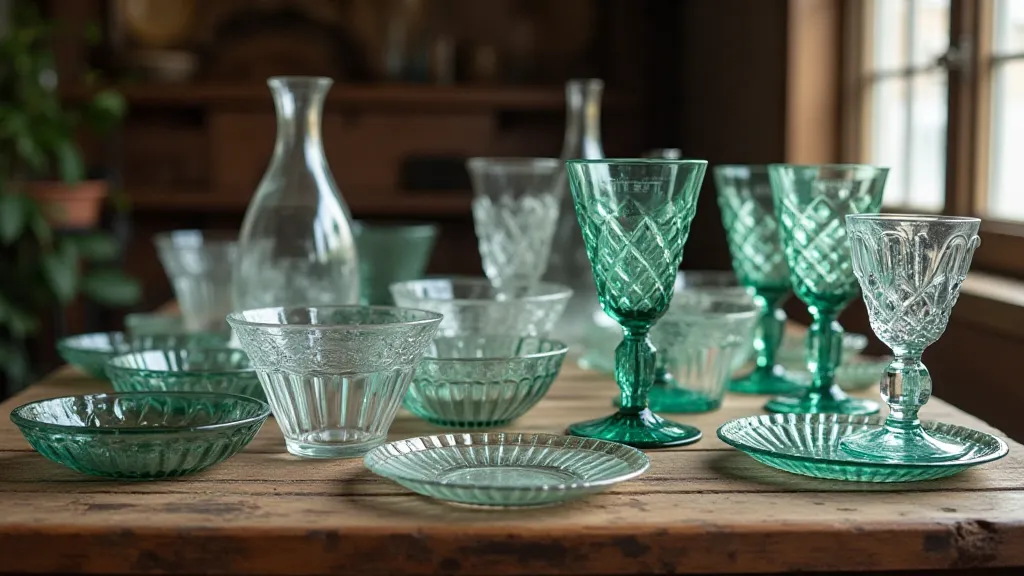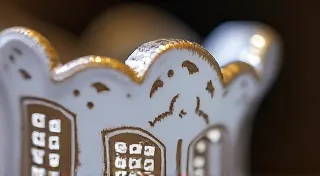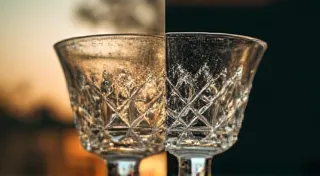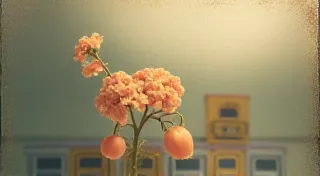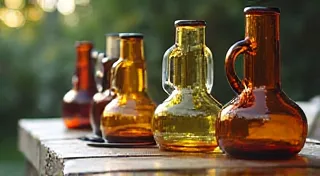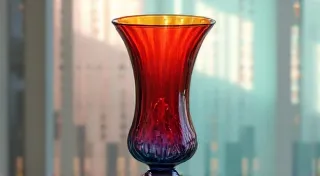Fractured Constellations: Tracing Family Histories Through Glassware Markings
There's a quiet elegance to antique glassware. It’s more than the sparkle of crystal or the graceful curve of a pressed flower pattern. It’s the echo of a time when artisans poured their skill and dedication into creating objects meant to be treasured, objects that have, in many cases, outlived their original owners. But beyond the aesthetics lies a far richer narrative—a constellation of family histories, technological innovations, and economic shifts, all subtly encoded within the markings on the glass itself. Learning to identify these markings isn’t just about knowing who made a piece; it’s about connecting with the lives and legacies of the people who shaped its existence.
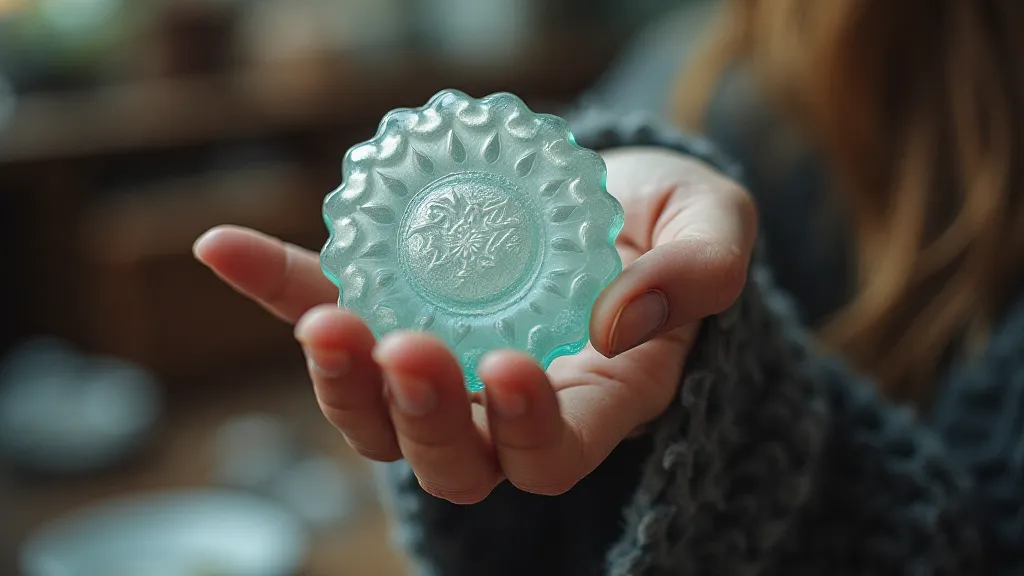
The Language of Marks: More Than Just a Maker’s Signature
Most people familiar with collecting antique glassware will recognize a few common names – Cambridge, Fenton, U.S. Glass. These are, of course, crucial identifiers. But true identification goes far beyond simply spotting a factory name. A single factory might produce dozens, even hundreds, of different patterns over its lifetime, and within each pattern, subtle variations exist. A faint embossing mark, a patent date, the color of the glass – each provides a vital piece of the puzzle. Sometimes, the markings are blatant and easy to read. Other times, they’re ghostly whispers, requiring a jeweler’s loupe and a deep understanding of glassblowing techniques.
Consider the Cambridge Glass Company, for instance. It's a beloved name amongst collectors. But the “Cambridge” mark itself shifted over the years. Early pieces might bear a simple “Cambridge” in a specific font. Later marks included stylized logos or even just the “CGC” abbreviation. These seemingly minor details can instantly narrow down the date range and potentially even the factory supervisor responsible for that particular run. The history of Cambridge Glass is incredibly complex, and dedicated collectors often spend years diving deep into its patterns and evolution. To truly appreciate the breadth of their output, exploring the history of Cambridge Glass is highly recommended. And then there are the less obvious clues: mold seams, bubble inclusions – these can reveal information about the manufacturing process and the quality of the raw materials used.
The Human Element: The Stories Behind the Glass
My grandmother collected pressed glass. I remember, as a child, being mesmerized by the shelves of sparkling goblets and plates. She didn’s talk much about why she collected, but I now understand. It wasn’t just about the beauty; it was about connecting to something tangible from a bygone era. A particular piece, a vibrant ruby red plate with a pressed butterfly motif, always held a special significance for her. Years later, researching its markings, I discovered it was a rare variation from the U.S. Glass Company, produced during a brief period of intense competition between glass factories in the late 1800s. It felt like holding a piece of her own family history, a tangible link to the hard work and ingenuity of the people who made it.
Glassblowing wasn't just an industry; it was a family affair in many cases. Skilled craftsmen passed down their knowledge through generations, often working in conditions that were both demanding and dangerous. The lines between ownership and partnership were often blurred, with families investing their life savings in furnaces and molds. Tracing the ownership changes of a glass factory can be like following a family tree, revealing unexpected alliances and rivalries. Patent dates, often stamped onto the bottom of a piece, provide crucial information about technological innovation, showing how glassblowing techniques evolved over time. The story of the invention of the automatic bottle-blowing machine, for instance, is inextricably linked to the fortunes of several prominent glass families.
The Evolution of Craftsmanship: From Hand-Blown to Mass Production
In the early days of American glassmaking, nearly every piece was hand-blown. This involved incredible skill and artistry, as each glassblower had to shape the molten glass using only their breath and their hands. The imperfections inherent in this process – slight variations in thickness, tiny bubbles – are now highly prized by collectors, as they serve as testament to the human touch. As technology advanced, however, the industry shifted towards mechanized production. Pressing and molding techniques became more common, allowing factories to produce larger quantities of glass at lower costs.
The transition wasn't always seamless. The rise of mass production led to a decline in the demand for hand-blown glass, forcing many skilled artisans to seek alternative employment. Some factories attempted to bridge the gap by offering a limited range of handcrafted pieces alongside their mass-produced lines. These pieces often command a premium among collectors, as they represent a final glimpse of a dying art form. The pursuit of identifying unique and rare patterns, particularly within the realm of collecting black glass, is a growing trend among serious enthusiasts.
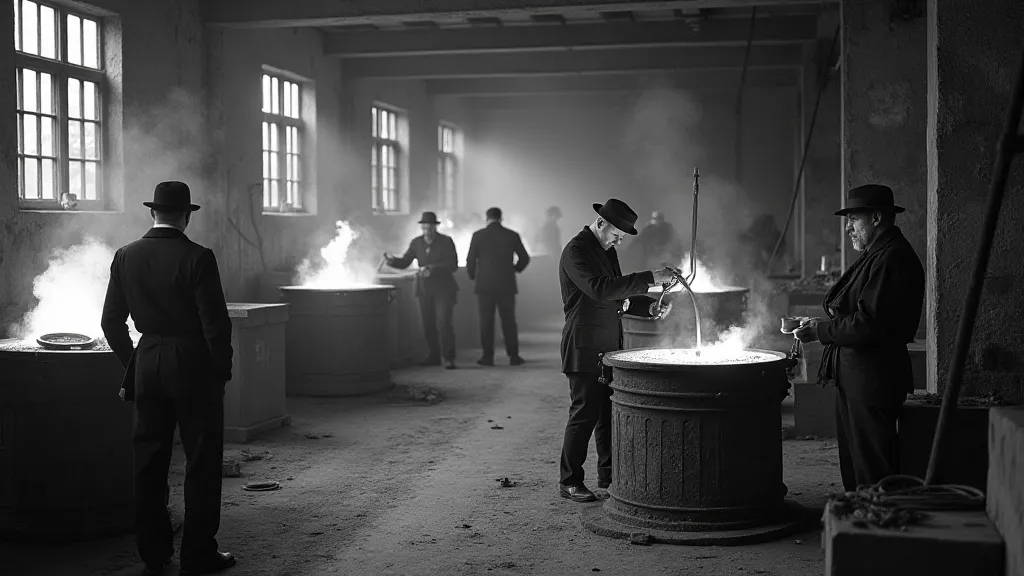
Beyond Ruby and Emerald: The Spectrum of Colored Glass
While clear glass holds a certain timeless elegance, the allure of colored glass is undeniable. From the rich glow of ruby red to the vibrant hues of emerald green and amethyst purple, colored glass adds a touch of personality and charm to any collection. The methods for creating these colors varied throughout history, from adding metallic oxides during the glassmaking process to applying surface coatings. Understanding the intricacies of identifying these variations is key to any serious collector. For those especially interested in recognizing nuances and patterns in colored glassware, a detailed guide on identifying Fenton glass patterns can be an invaluable resource.
Collecting with Purpose: Beyond the Monetary Value
Of course, antique glassware is a collectible item, and prices can vary widely depending on rarity, condition, and desirability. However, the true value of collecting lies not in the potential for financial gain, but in the opportunity to connect with history, to appreciate craftsmanship, and to preserve a tangible link to the past. When you understand the story behind a piece of glass, it transcends its monetary value and becomes something truly special.
Restoring antique glassware is a delicate process. Harsh chemicals and abrasive cleaning methods can easily damage the glass, diminishing its value and historical significance. Gentle cleaning with mild soap and water is often the best approach. Careful handling and proper storage are essential for preserving the beauty and integrity of these fragile treasures. The process of authentication, for example, can be complex and frequently requires a keen eye for detail and a thorough understanding of manufacturing techniques – it's not simply about recognizing a maker's mark, but about interpreting the entire context of the piece.
Unveiling the Secrets: Research and Authentication
For those truly committed to collecting antique glassware, the ability to research and authenticate pieces is invaluable. While online resources and books can provide a solid foundation, nothing beats the experience of connecting with other collectors and experts. Learning how to properly authenticate glassware involves scrutinizing markings, analyzing color variations, and understanding the manufacturing techniques employed by different factories. The sheer volume of patterns and variations can be overwhelming, and continued learning is essential for distinguishing genuine rarities from reproductions or later iterations of existing designs. Identifying Rose Pattern Glassware is a common pursuit for many collectors, requiring focused study of specific stylistic elements and production periods. This involves more than just recognizing the "rose" motif; it requires understanding the historical context and variations within that pattern’s evolution.
Resources for Further Exploration
There are numerous resources available for those who want to learn more about identifying antique glassware patterns. Specialized books and online databases provide detailed information about factory markings, patent dates, and pattern variations. Joining a local antique glass collecting club is another great way to connect with experienced collectors and learn from their expertise. The pursuit of knowledge in this field is a lifelong journey, filled with fascinating discoveries and a growing appreciation for the artistry and ingenuity of the people who shaped the history of glassmaking.
Ultimately, identifying antique glassware patterns is more than just a technical exercise; it’s a way of unlocking stories—stories of families, of innovation, and of the enduring beauty of handcrafted objects. It's a way to hold a small piece of history in your hands and to connect with the lives and legacies of those who came before us.
